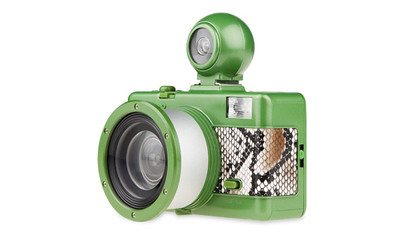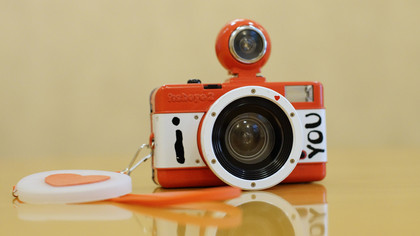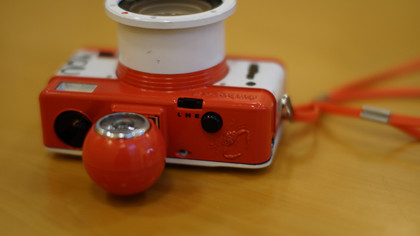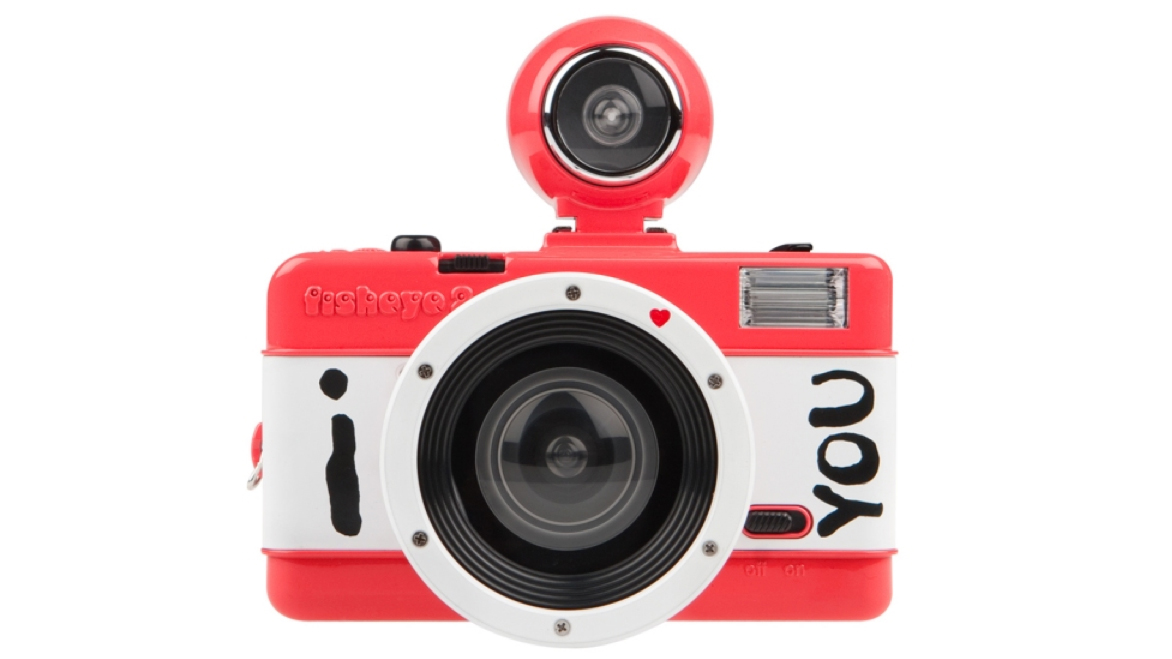Why you can trust TechRadar
As with all Lomography cameras, it's relatively difficult to give a definitive report of the performance of the camera, because a lot can depend on the film used, and the particular idiosyncrasies of the camera being worked with.
However, we were impressed by the images produced by the Lomography Fisheye No 2.
Although it's fair to say that the camera works best in bright, daylight conditions, there's a lot of fun to be had with the camera, with some subjects working better than others.

The film that we were using produced good colours, which although slightly muted are perhaps a touch more realistic than some of the other films we have used in the past. We used a mixture of 400 speed and 800 speed film.
We'd recommend for best results using 400 speed film in bright conditions, with perhaps a holiday or day trip being a good option for this film. The 800 speed is a good option if you think you will be shooting in darker or shadier conditions for the majority of the time.
As a fisheye lens, the image produced on the film has curved edges, but it doesn't produce a complete circle. Depending on the brightness of the conditions, occasionally the lens barrel itself can be viewed in images, but most of the time a black edge to the frame can be viewed.

The Fisheye No 2 seems to suffer/enjoy (depending on your point of view) fewer random light leaks than other Lomo cameras.
Images taken in good light are generally pretty sharp, while the f/8 aperture means that images generally have a lot of depth of field.

The lens is claimed to have a close minimum focusing distance, but this is something that will take some practice to truly master. Obviously you can't tell whether an image is in focus through the viewfinder, so this will be an exercise in trial and error, and something you'll come to understand more as you use the camera more frequently.
As you'd expect from a Fisheye optic, images have a certain amount of distortion, but this merely adds to the charm, especially when shooting buildings and architecture, which take on an unusual perspective when shot through the Lomo Fisheye No 2.
Amy has been writing about cameras, photography and associated tech since 2009. Amy was once part of the photography testing team for Future Publishing working across TechRadar, Digital Camera, PhotoPlus, N Photo and Photography Week. For her photography, she has won awards and has been exhibited. She often partakes in unusual projects - including one intense year where she used a different camera every single day. Amy is currently the Features Editor at Amateur Photographer magazine, and in her increasingly little spare time works across a number of high-profile publications including Wired, Stuff, Digital Camera World, Expert Reviews, and just a little off-tangent, PetsRadar.

